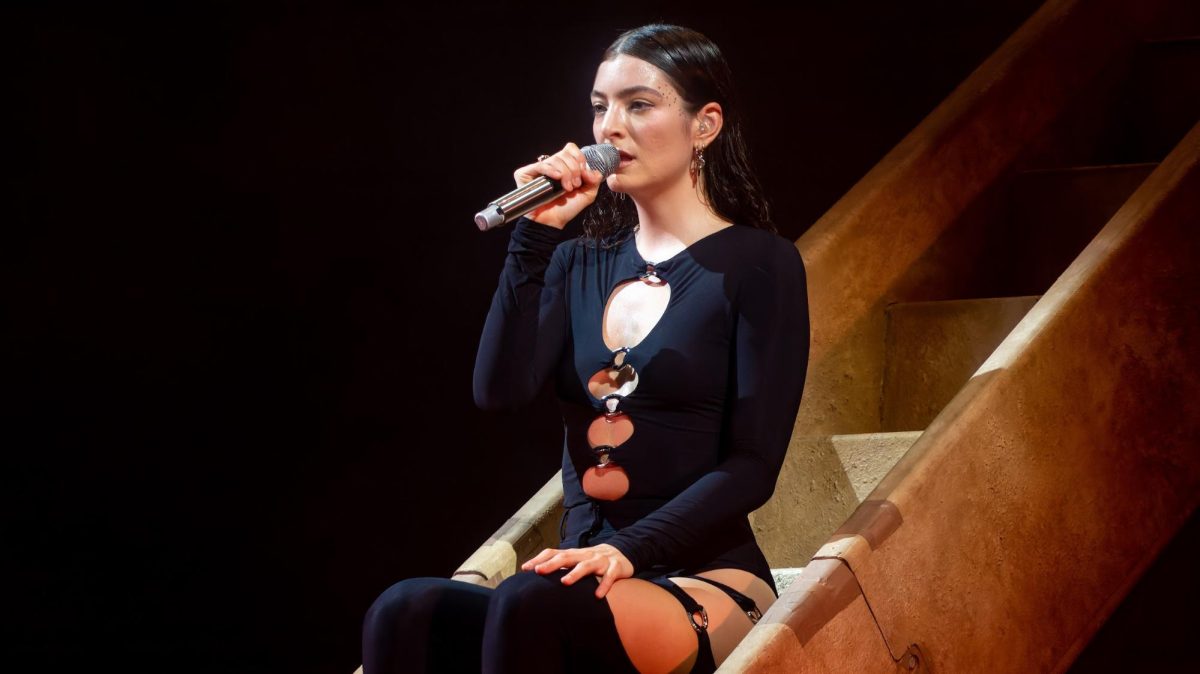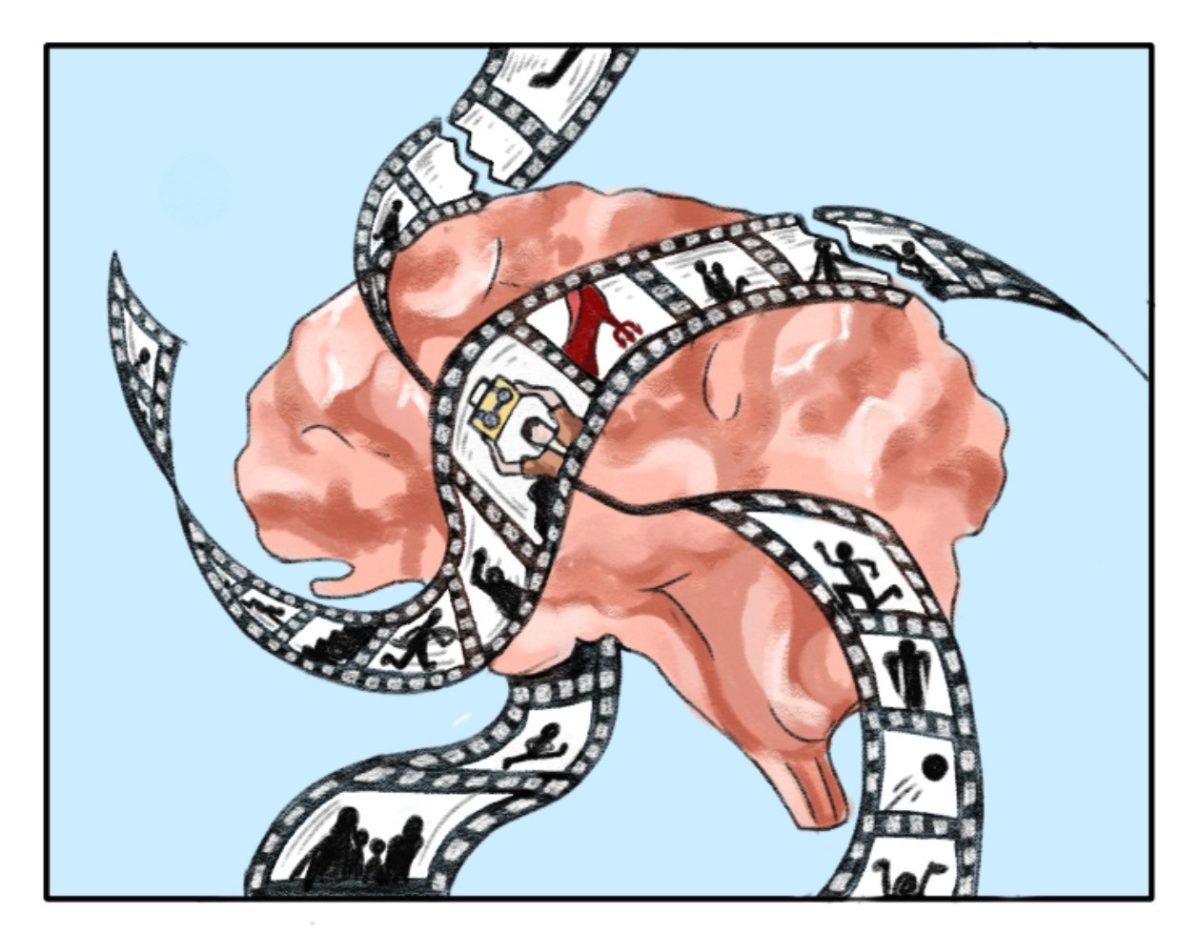As the class of 2025, our high school experience was far from normal. And yes, I know this sentence sounds like the clichéd beginning of every graduation speech ever. But instead of reflecting on academic competition or personal growth, I want to focus on a less obvious element of our journey: the presence of instability throughout our high school years. Despite—or perhaps because of— difficult circumstances, we have developed strong bonds and created a cohesive, collaborative student community.
As freshmen, we entered high school post-pandemic, still wearing masks and struggling to navigate our maze-like building. The lingering pandemic etiquette made it challenging to forge close relationships with classmates, as pre-existing rules created both physical and emotional distance. While previous classes relied on upperclassmen and orientation events to help them acclimate to high school, we had no choice but to lean on each other for support.
In sophomore year, although pandemic requirements loosened, we observed our security policies change drastically. ID enforcement became routine, and access to spaces like the library and cafeteria was limited. Even so, we found creative ways to interact within the confines of our building—playing sports in the courtyard and studying in the library together.
Junior year brought another shift: the rise of AI platforms forced us to confront questions about academic integrity. When students began to use ChatGPT and other technological shortcuts to bypass traditional methods, we observed the intellectual consequences and academic ramifications of plagiarized work. Still, in navigating the proliferation of these platforms, we leaned on one another for honest conversation and meaningful learning.
Now, as seniors, we’ve nearly completed our final year of high school. Although it is typical for the college application process to be rigorous, the 2025 college application process was unprecedented. With a record high of 8.5 million applicants and our institutions facing lawsuits and significant federal funding cuts,we were forced to grapple with not only our personal identities but also our morals. Contemplating the growing animosity towards national institutions and the cultural expectation to pursue higher education, we attempted to balance a critical view of what a college degree offers without falling into the rabbit hole of anti-intellectualism. We turned to one another to make sense of it all, proposing difficult questions to make sense of the uncertainty.
Beyond college admissions, we’ve also tried to understand the instability that surrounds us—in institutions, in leadership, and sometimes even within ourselves.We are all affected by mismanagement and incompetence, resulting in an internal conflict of who we can and cannot trust. However, since we had to adapt to challenging situations, we ultimately found support in each other and began shaping more grounded, independent perspectives.
Although I hesitate to call our high school years “trauma bonding,” I want to acknowledge how our shared experience—which involved some hardships—bonded us in some way. Though we often affirmed the perspective that our high-achieving school produces apathetic, individualistic students, this is only partially true. Our version of school spirit may not match the traditional high school portrayed in movies—but it exists. It’s found in spontaneous moments, mutual stress, and honest conversations that turn into unexpected friendships. In surviving high school together, we’ve built a quiet but meaningful sense of community.
When most of us leave for college in the fall, we may feel nervous anticipating the immense uncertainty of new experiences. We might fear the routines we will leave behind and the new schedules we will adapt to. But we have done this before. As cliché as it sounds, we have learned how to shape our experience. And while instability on any level is uncomfortable, these past four years have prepared us to meet it with strength, creativity, and connection.









